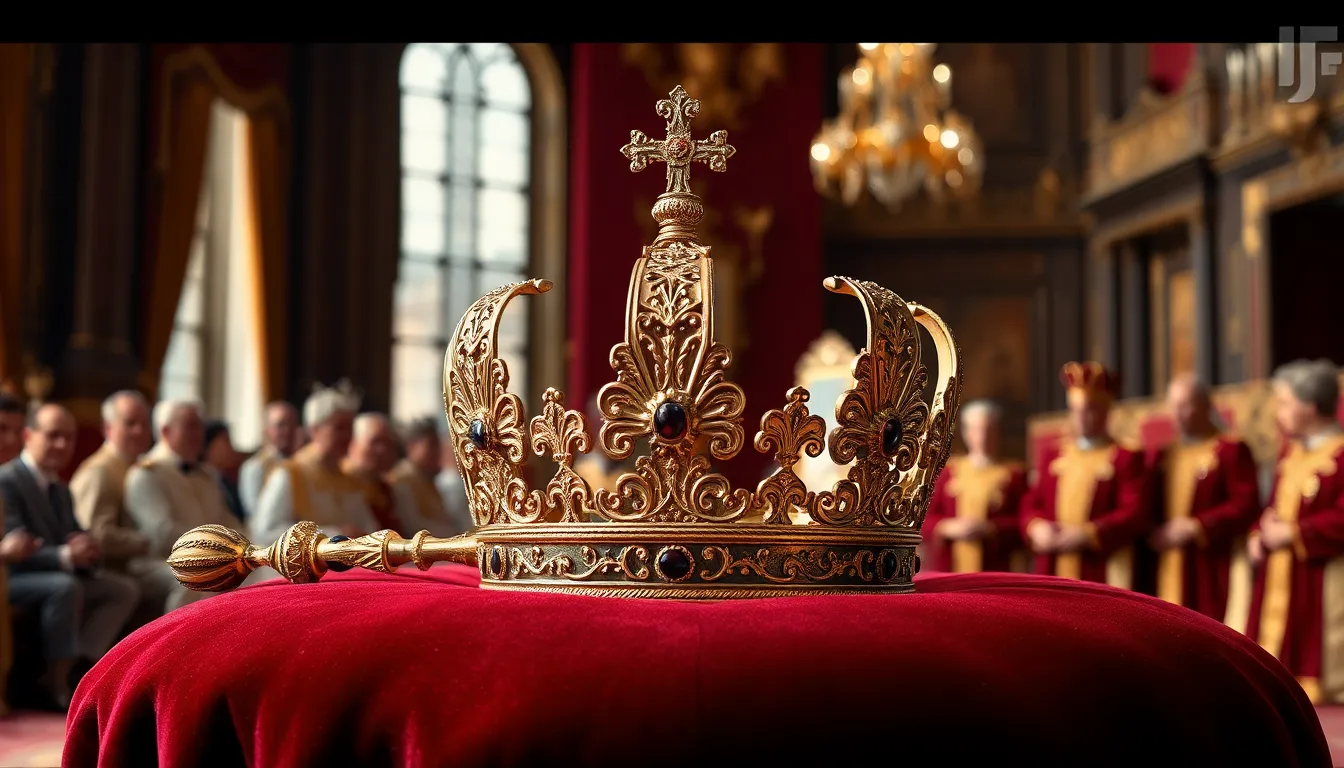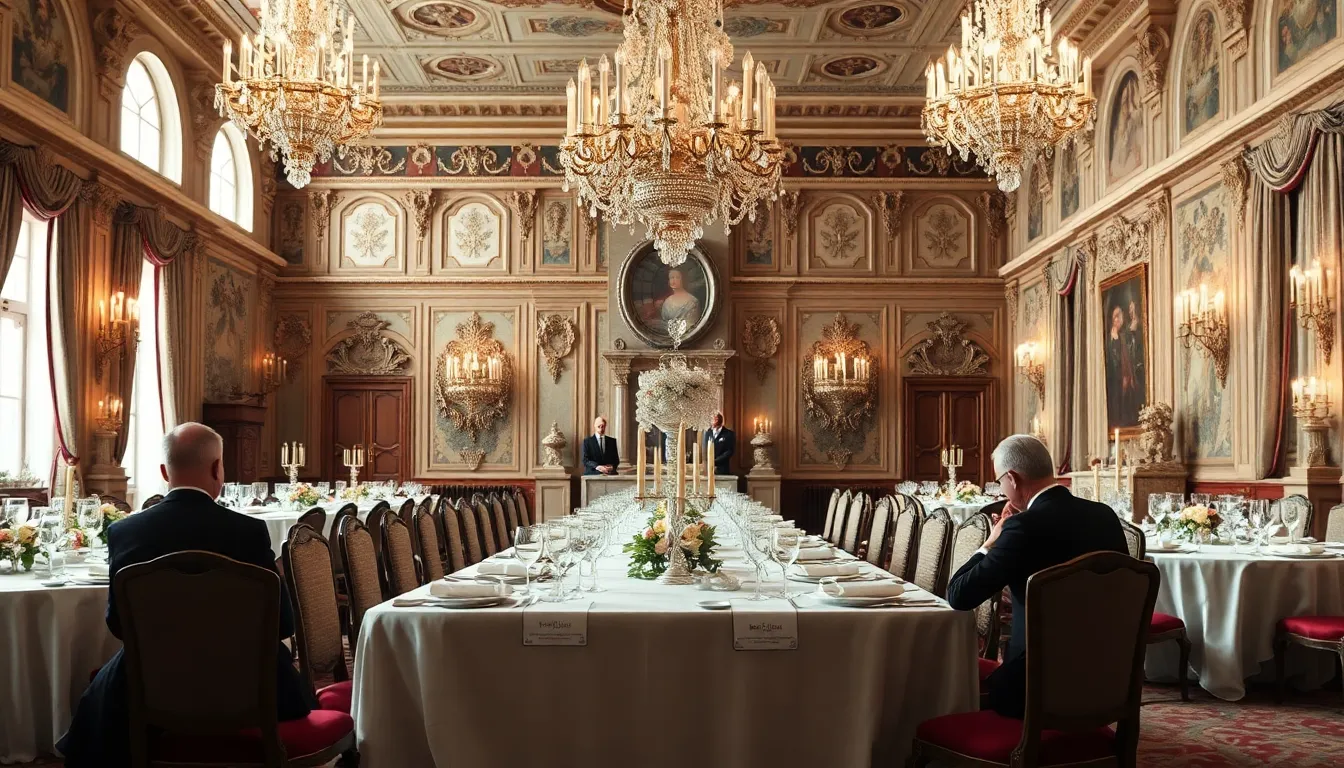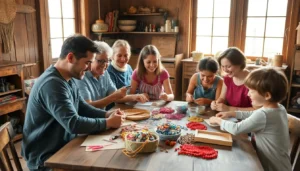Table of Contents
ToggleRoyal family traditions are like a well-kept secret recipe—rich, intriguing, and just a little bit quirky. From the pomp of state banquets to the peculiarities of royal birthdays, these customs reveal a world where etiquette reigns supreme and spontaneity takes a backseat. Ever wondered why the Queen always wears a hat? Spoiler alert: it’s not just for show!
Overview of Royal Family Traditions
Royal family traditions encompass a variety of practices steeped in history. These customs highlight the significance of heritage and protocol throughout royal duties. State banquets serve as a prime example, where carefully planned ceremonies take place. Guests often don formal attire, reinforcing the tradition of elegance.
Festive occasions, such as birthdays, showcase unique royal celebrations. The Queen’s official birthday is celebrated in June with the Trooping the Colour parade, drawing large crowds and military displays. Events like these offer a rare glimpse into the regimented yet festive world of royalty.
Etiquette remains paramount within royal functions. From specific rules on dining to how members of the royal family interact in public, these norms are strictly observed. Public appearances are choreographed, with each gesture meticulously planned to maintain dignity.
Symbols often play a crucial role in these traditions. For instance, the Queen’s choice of headgear during events speaks volumes, reflecting both personal style and cultural significance. Royal artifacts include items passed down through generations, embodying the monarchy’s rich legacy.
Ceremonial occasions display the royal family’s role in national unity. Events like the State Opening of Parliament illustrate their constitutional responsibilities. Each tradition ties back to the monarchy’s enduring relationship with the British people.
Through these examples, royal family traditions connect past and present. They reveal intricacies that define royal life, showcasing a blend of solemnity and celebration. Understanding these customs provides valuable insight into the royal family’s public persona.
Historical Significance

Royal family traditions carry deep historical significance, reflecting centuries of heritage and cultural identity. Each tradition serves as a testament to the monarchy’s role in society.
Early Traditions
Early traditions reflected the practices of medieval kings and queens. Ceremonies such as coronations emphasized the divine right to rule. Rituals often included divine blessings, symbolizing the ruler’s connection to a higher power. Pageantry characterized these events, uniting the nobility and the common people. The use of regalia, such as crowns and scepters, illustrated authority and governance. Institutions established during this period shaped the monarchy’s lasting impact on culture, law, and society.
Evolution Over Time
Evolution of royal traditions showcases adaptability in changing times. Monarchs modified customs to address contemporary values and societal shifts. For instance, the Queen’s speech at the State Opening of Parliament evolved to include modern issues. The coronation ceremony now incorporates diverse segments that reflect current multicultural society. Technology altered public engagement through broadcasts and social media, enhancing accessibility to royal events. While some traditions remain unchanged, others have adapted to meet the expectations of a modern audience.
Common Traditions
Royal family traditions encompass various ceremonial events and annual celebrations, reflecting a deep connection to history and culture.
Ceremonial Events
Ceremonial events play a vital role in royal traditions. The State Opening of Parliament marks the beginning of a new legislative session, showcasing the monarchy’s connection to governance. Guest appearances, formal attire, and intricate protocols define this significant occasion. Additionally, events such as the Changing of the Guard demonstrate the monarchy’s commitment to heritage and tradition. The guards perform their duties with precision, reinforcing national pride. Moreover, unique customs, like the annual Maundy Service, highlight the royal family’s dedication to charity and community service.
Annual Celebrations
Annual celebrations provide opportunities to honor significant milestones. The Queen’s official birthday is celebrated with the Trooping the Colour parade, attracting thousands of onlookers. This grand spectacle features a display of military pageantry and traditional music, illustrating the royal family’s connection to the armed forces. Similarly, Christmas at Sandringham is a cherished family occasion, where members gather to celebrate together. Gift exchanges and royal announcements frequently accompany this festive time. Such events not only strengthen family bonds, but also offer a glimpse into the personal lives of royals, enhancing their public image.
Modern Adaptations
Royal family traditions continually evolve to reflect contemporary society. The monarchy increasingly embraces new perspectives while maintaining a connection to heritage.
Changing Attitudes
Changing societal attitudes influence modern royal traditions. Younger generations prioritize transparency and inclusivity, prompting the royal family to engage with the public more openly. Recent events or public statements often focus on social issues such as mental health and diversity, reshaping the traditional image of the monarchy. This shift resonates with many who appreciate a more relatable and accessible royal family. By acknowledging these cultural changes, the monarchy modernizes its image while still honoring its historical roots.
Influence of Media
The influence of media plays a significant role in shaping royal traditions. Social media platforms allow royal family members to communicate directly with the public, diminishing the barriers of traditional media. Live streaming of events makes royal celebrations and ceremonies more accessible to global audiences. Additionally, public reactions and comments on platforms like Twitter significantly impact how royal events are perceived, prompting the monarchy to adapt its messaging strategies. Coverage of royal activities ranges from formal engagements to casual insights into their lives, contributing to a more humanized portrayal of the monarchy.
Royal family traditions are a captivating blend of history and modernity. They reflect a deep commitment to heritage while adapting to contemporary societal values. From state banquets to ceremonial events, each tradition carries significance that resonates with both the monarchy and the public. The royal family’s ability to evolve while honoring its roots showcases its relevance in today’s world. As these traditions continue to adapt, they not only preserve the monarchy’s legacy but also foster a stronger connection with the people they serve. The royal family remains a symbol of national pride and unity, bridging the past with the present.




